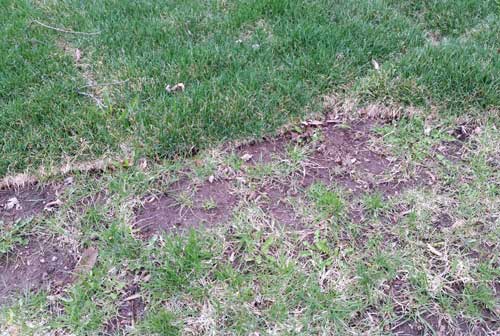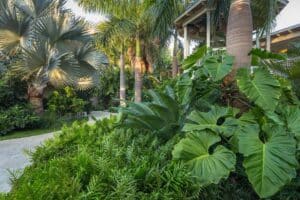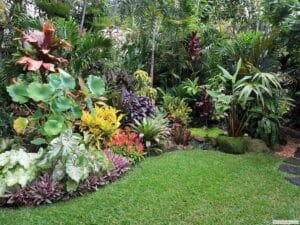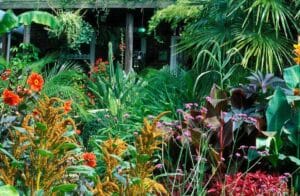The devil is in the details they say – this is a very common phrase! It is very true even with landscaping. While many designers would like to focus on the kind of plants and the weather, the soil for landscaping is equally important to get the whole concept just right.
Different kinds of soil provide different kind of nourishment and moisture to the plants and hence understanding the soil is very important.
Sandy Soil
Sandy soil is typically found along the coastal regions. The most striking feature about such soil is that it is porous and is usually well drained. This means that if you were to use the soil for Landscaping, it will not hold water for long. Besides, with no water even the nutrients do not stay in the soil for long. Lastly, since this soil is typically found along the coasts, the salinity levels can also be high. In short, sandy soil is not ideal for growing plants. However, some special coastal region plants thrive in such conditions.
Clay
Clay is the fine shiny soil, which is also used to make pots and similar ceramics. Soil with high clay content is usually sticky and can be rolled up into balls or sausages. Clay has some very unique characteristics, which make it quite a difficult soil type to adapt to. Being sticky, clay can retain moisture for long periods unlike any other soil for landscaping.
Along with moisture, when treated properly, clay can also become a soil rich in nutrients, which is important for plants. On the flip side though, it drains slowly after rains which could lead to water logging. Due to its sticky nature, it is heavy which can pose some challenge while digging and cultivating. Lastly, during summer this soil warms up very slowly which can impact the plant growth.
Silt Soil
Silt is a grade of soil that is in between clay and sand. It has the best properties of both the soils and hence is suitable for cultivating most plants. The silty soil is heavier and denser than sand but lighter than clay. It can retain moisture but it drains much better than clay. Besides, the slit can also retain nutrients well enough for most plant species to flourish and thrive with ease. In fact, some of the most fertile lands around the world have rich silt soil.
Soil pH
The acidity levels in the soil are equally important as its water retention capacity. The acidity levels are measured on the pH scale. On this scale value of 7.0 is considered neutral. pH>7.0 is considered alkaline and pH< 7.0 is considered acidic.
Usually for plants, pH > 8.3 is too alkaline and hence they may not survive. Up to pH of 7.5, plants may not find sufficient iron in the soil for proper growth. At the other end of the spectrum, pH levels below 4.6 are too acidic for plants to grow and up to 5.5 the acid levels are too high for microbial activity which is essential for plants to get their nutrients.
There are different ways you can adjust the soil for landscaping pH levels by adding acidic or alkaline fertilisers. Besides, you can also play around the nutrient levels using humus and fertilisers and with the moisture using mulch. While you can tailor the soil to suit your needs in most cases, this flexibility is limited. You still need to ensure that your plants can survive in the basic soil for landscaping, else the landscaping would not be successful.





